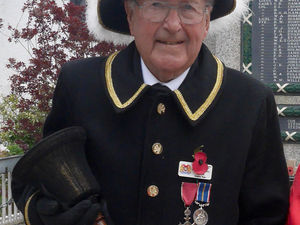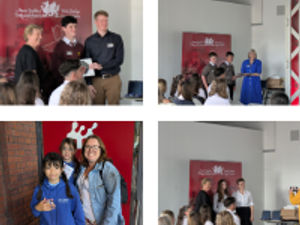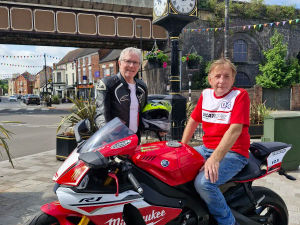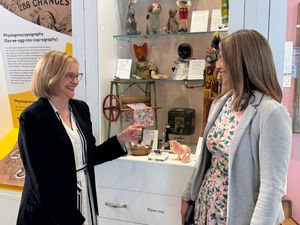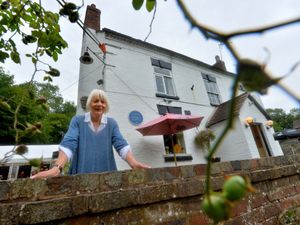The foiling of an IRA plot to cause terror on the M6
Chilling calls to two West Midland hotels were the smoke that signalled a firestorm of chaos instigated, orchestrated and executed by the Provisional IRA.
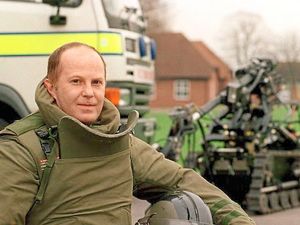
Those coded messages – traced to a public phone box in Manzoni Gardens, Birmingham city centre – revealed the terror group had returned to wage war in our region.
April 3, 1997, was a black day for our region. Yet from those brief 8am calls emerged a story of determination and incredible courage. Emergency services showed they were ready and able to quell the threat on our doorstep.
As former police chief superintendent Mike Layton said: “Police officers and members of the armed forces put their lives at risk searching for, and disabling, a viable high-explosive device.”
Those brief calls were the start of a terrorist war on Britain’s motorways. In our patch, two bombs had been placed under the M6 at Junction 9, the Wednesbury Interchange. On the same day, two fake UXBs were discovered by the M1, Northamptonshire.
Just 22 days later, the IRA would strike again, with two bombs detonating – one a controlled explosion – near Junction 10 of the M6.
It is near miraculous that large-scale loss of life was avoided that day. The terrorists intended to topple a 100ft, 132,000 volt electricity pylon.
April 3, however, had primed police and military for a second wave. They were ready. In its immediate aftermath, John Grieve, anti-terrorism national co-ordinator, met with specialist officers from the Midlands and Met Force to draw-up a battle plan against further transport attacks.
To an extent, the IRA had achieved what they had set out to do – create mass economic disruption with the May 1 general election only weeks away. The journeys of one million motorists had been halted. That one stretch of the M6 accommodated 77,000 HGV lorries each day alone.
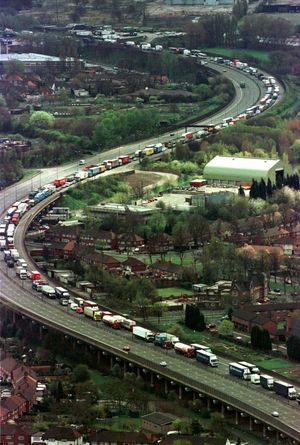
The rush hour scene on April 3 was described as “utter chaos” with the motorway closed for 30 miles and a neighbouring rail line also shut down. The M6 remained a no-go area for 30 hours. Veins of trapped vehicles stretched into Walsall, Cannock and Stafford, past the junction for the M54 link into Shropshire.
The AA dubbed the grid-lock as “the worst incidence of traffic congestion seen in this country”.
The hero of the day was Warrant Officer Aminul “Alan” Islam, an army bomb disposal expert. He risked his life to make the deadly devices safe and received the George Medal for his heroism.

